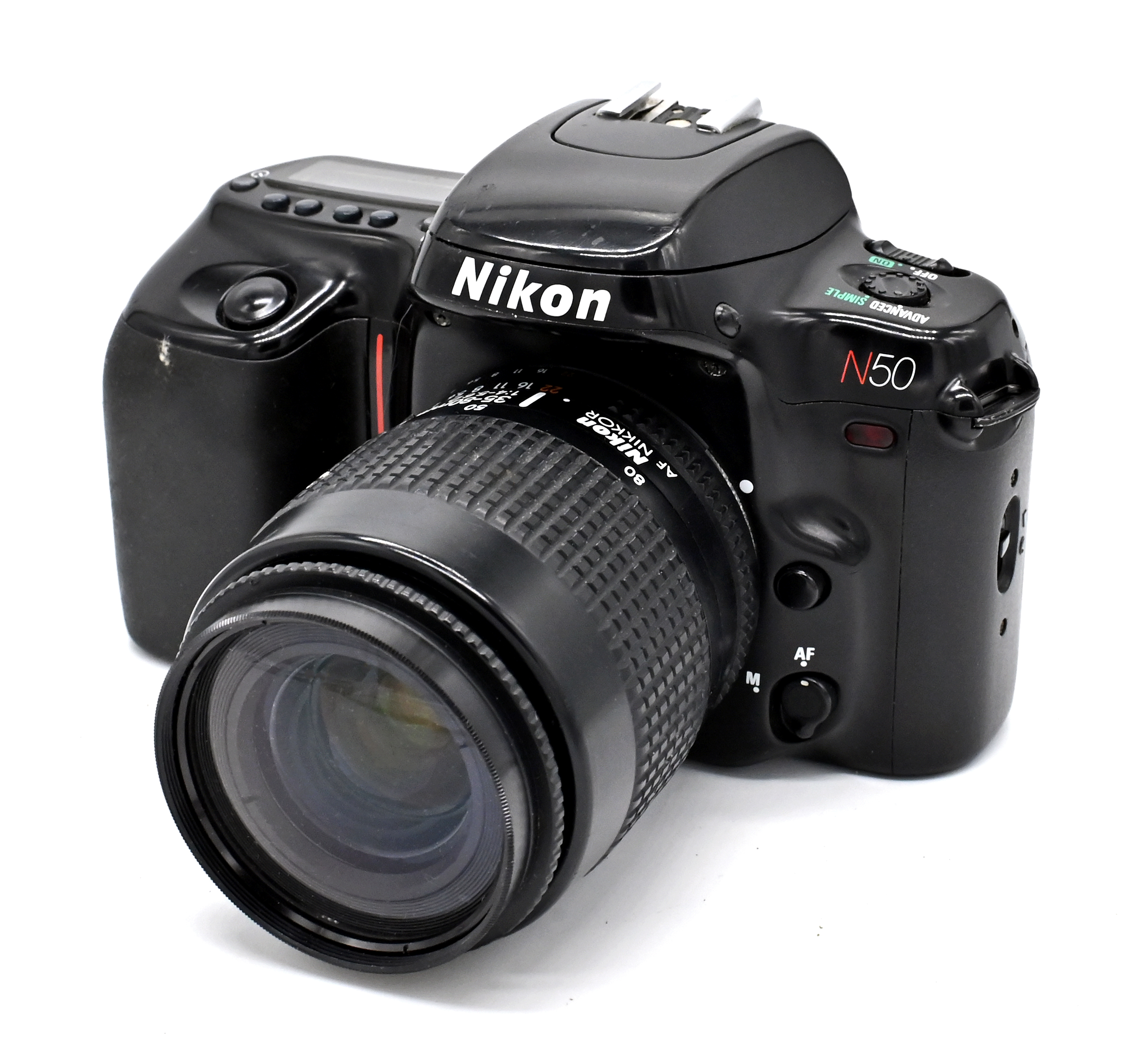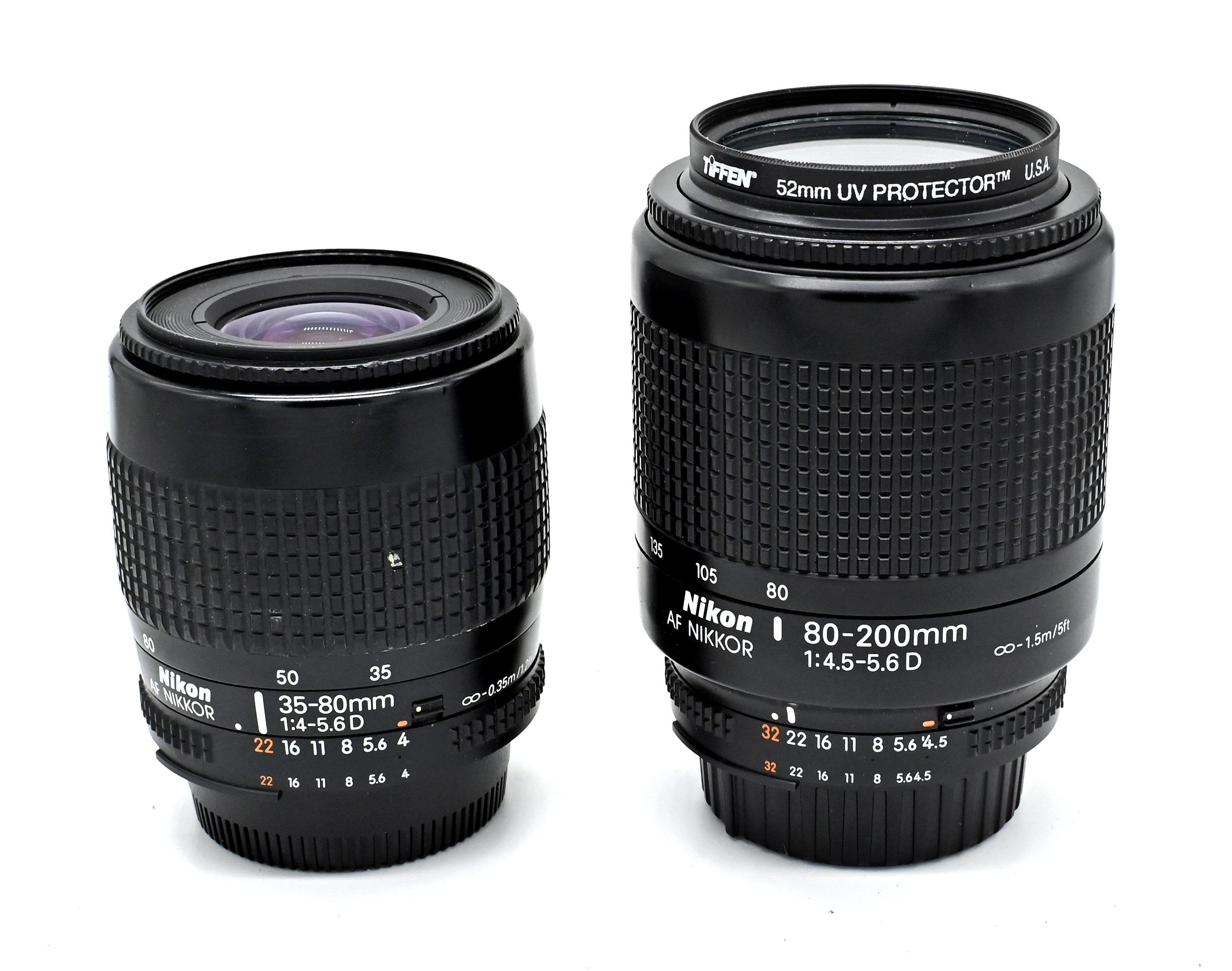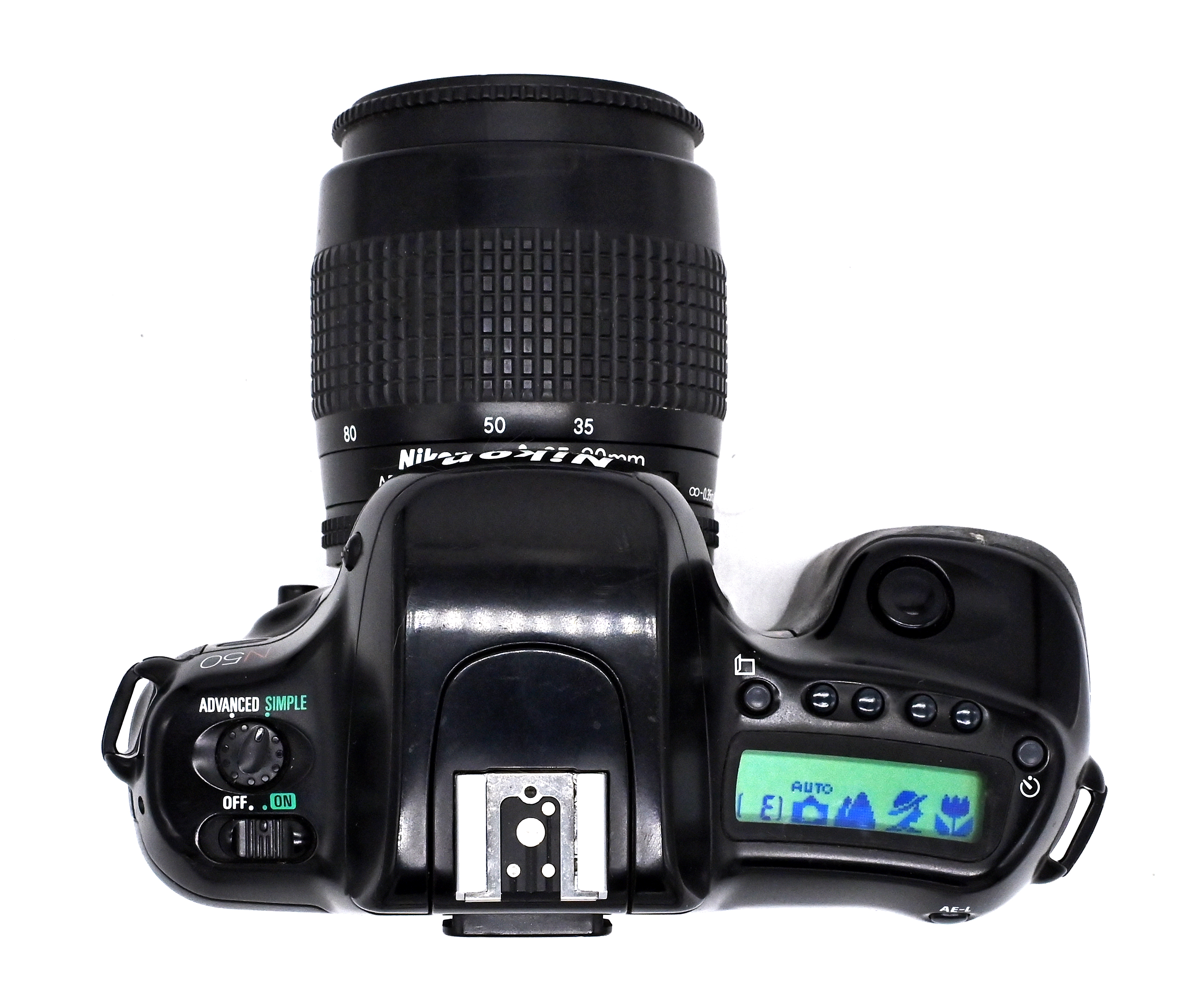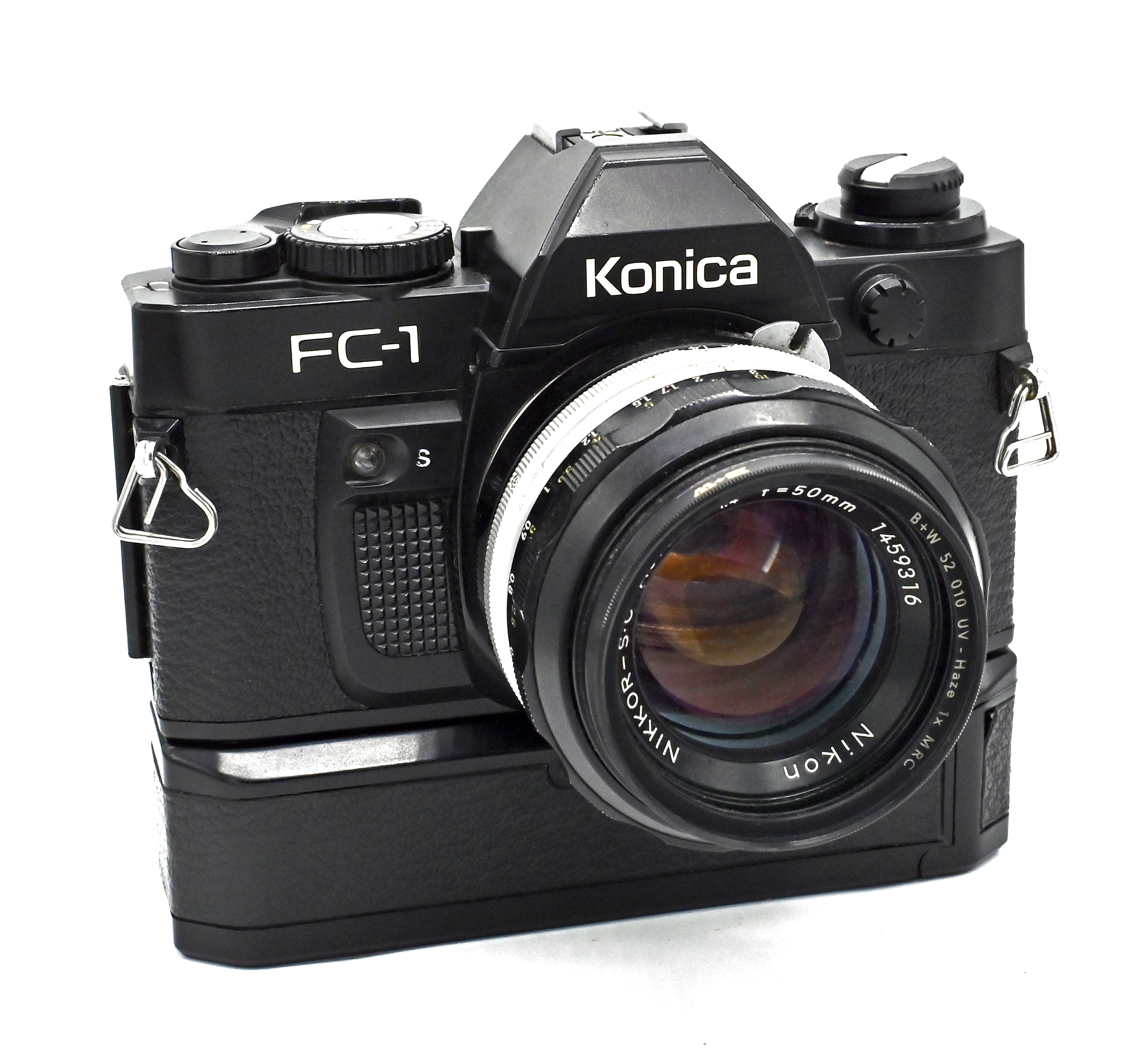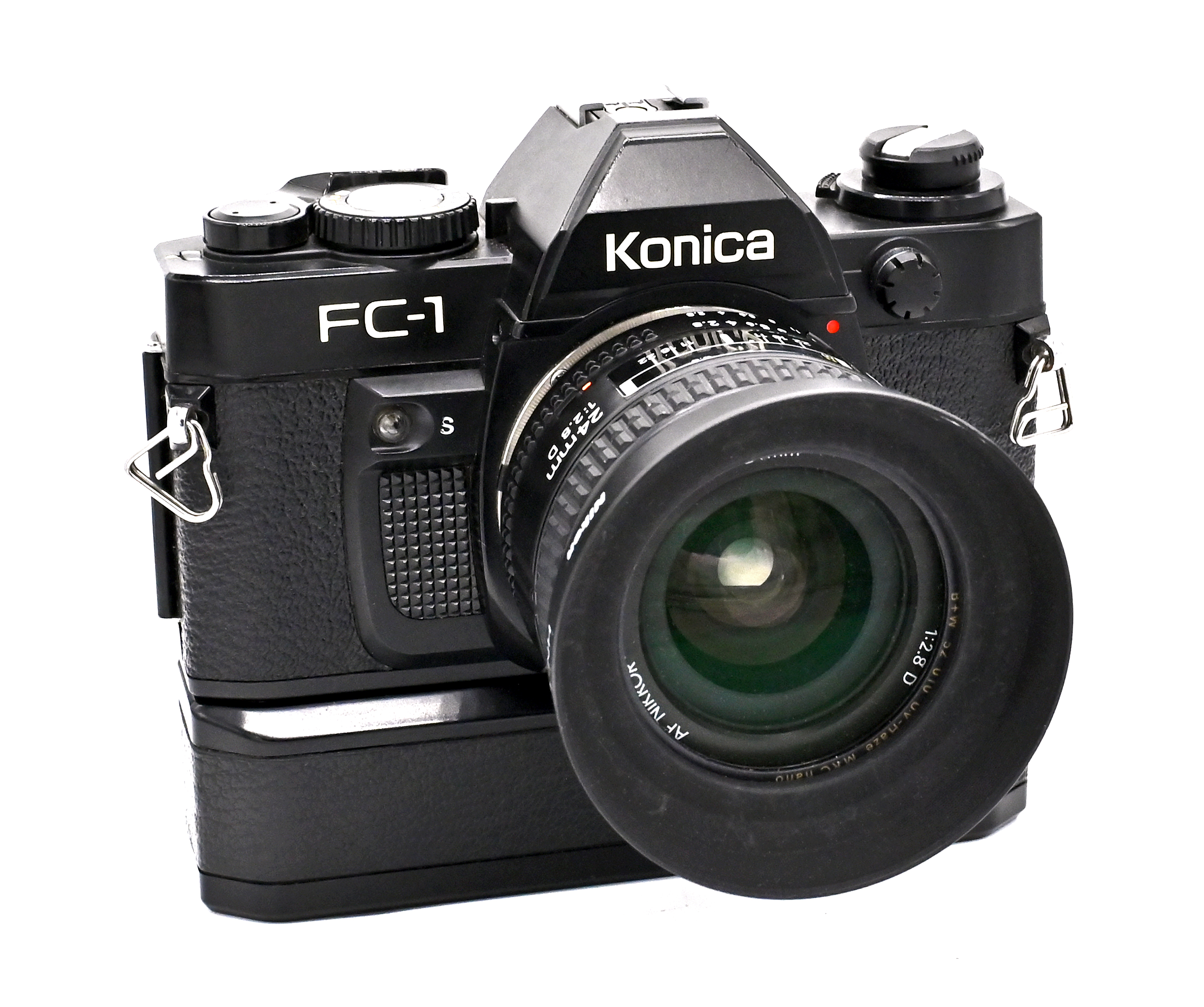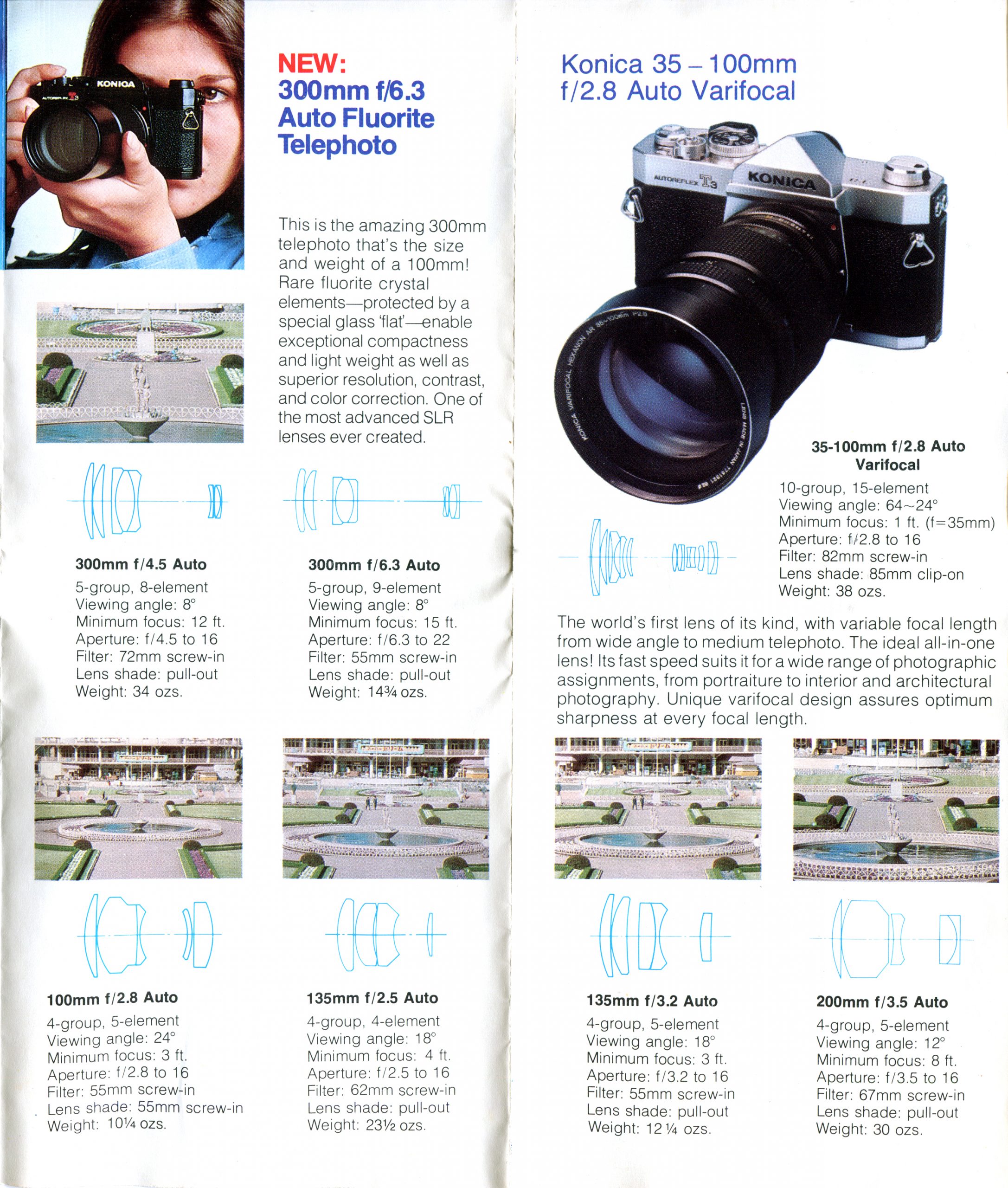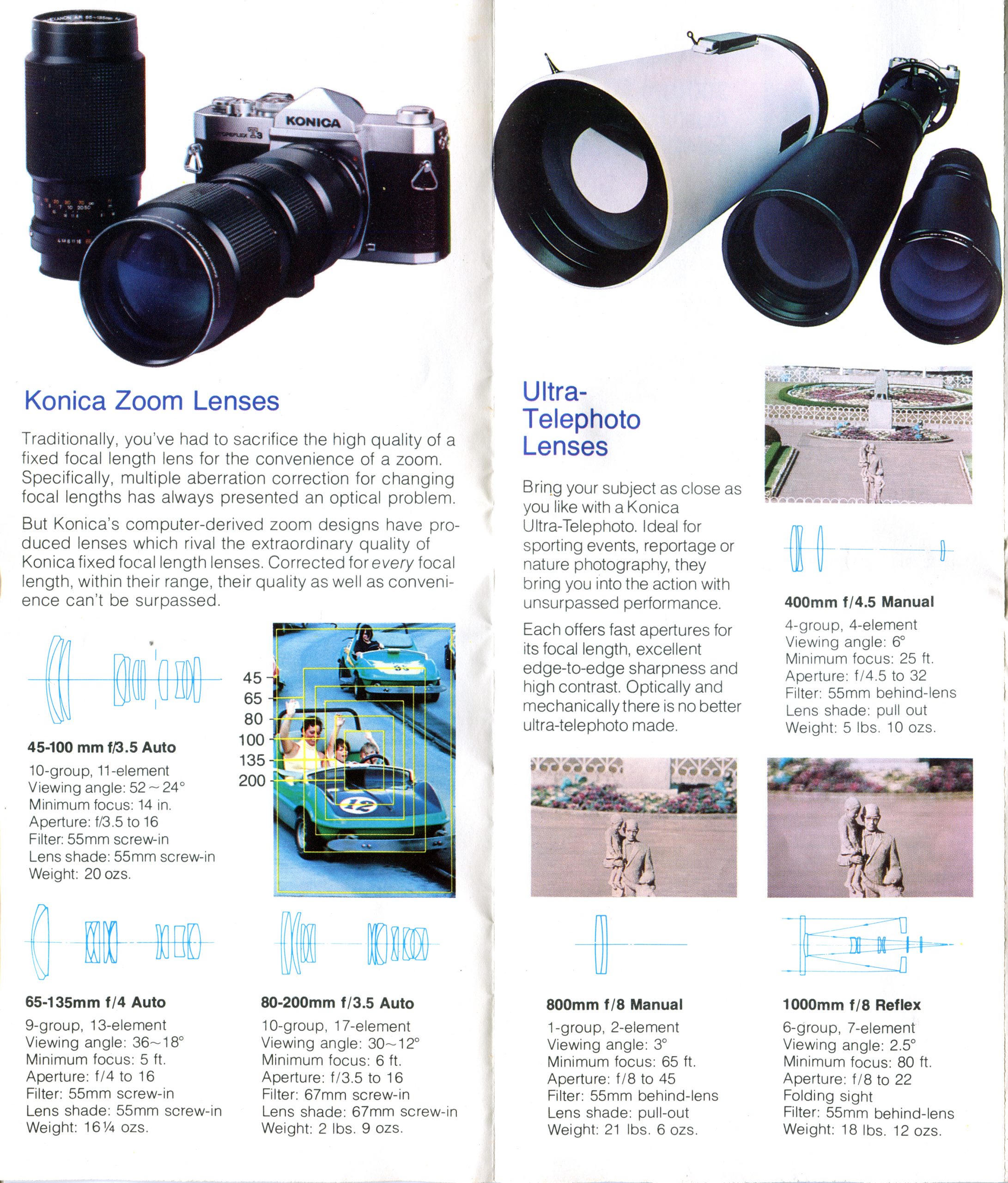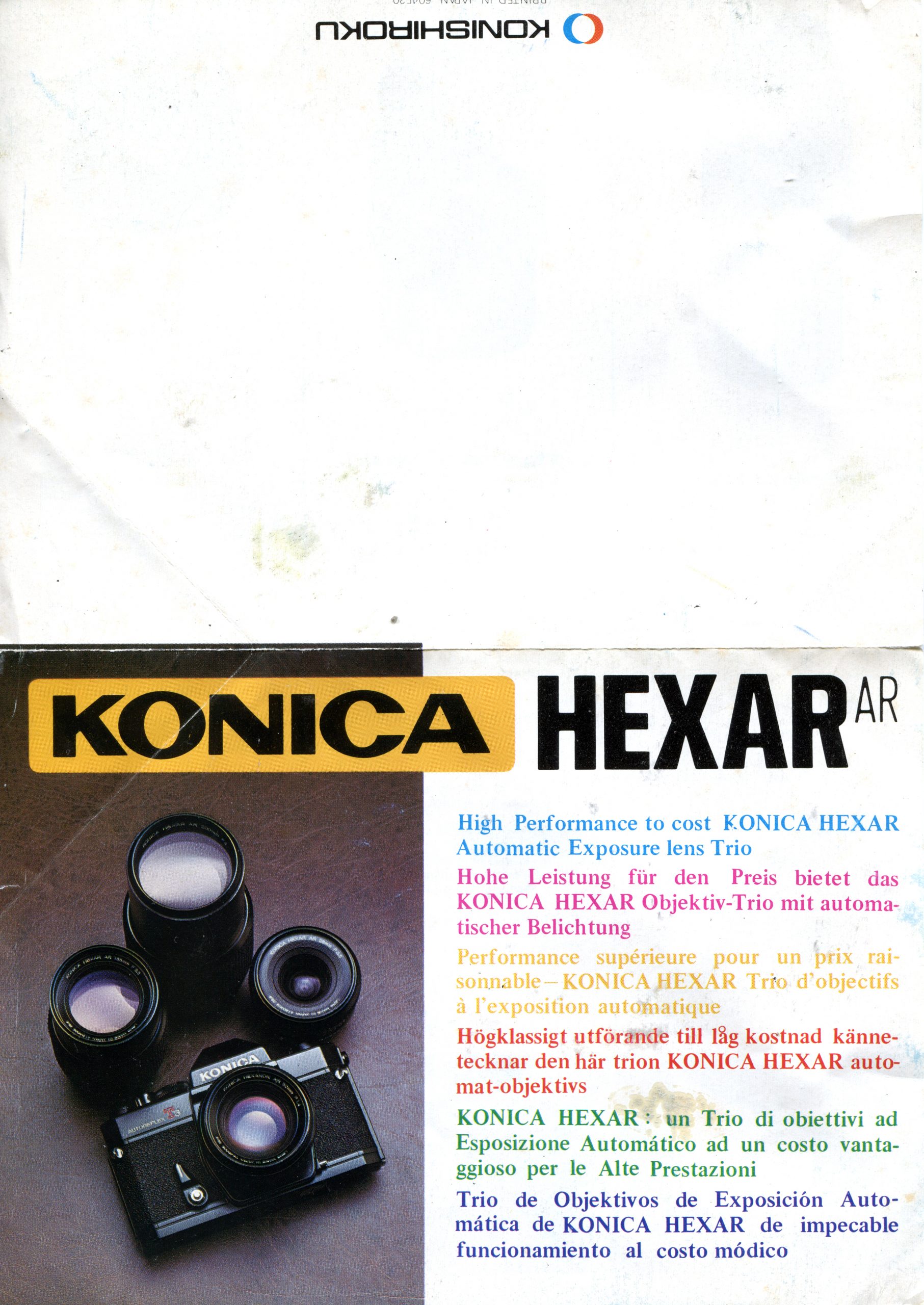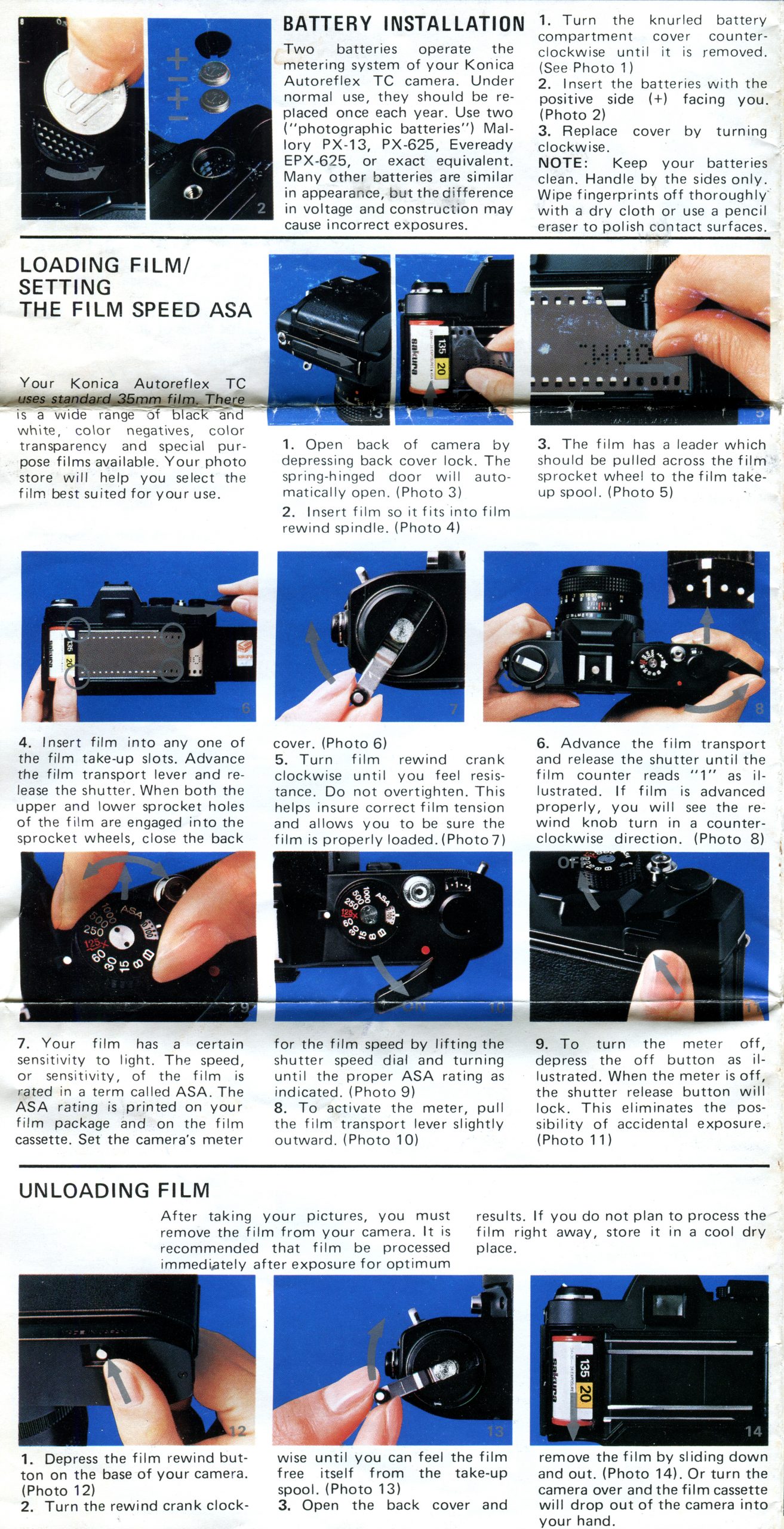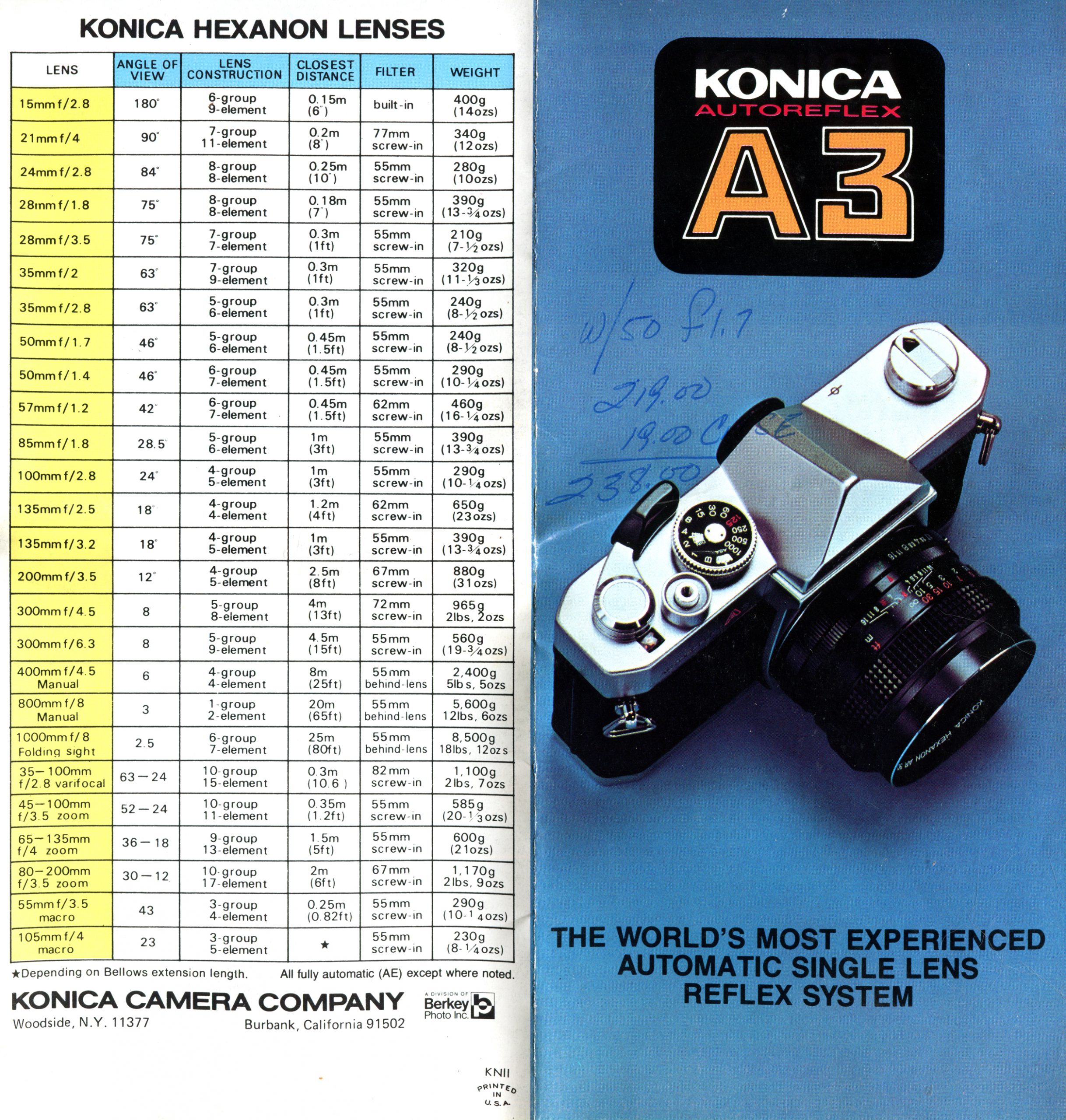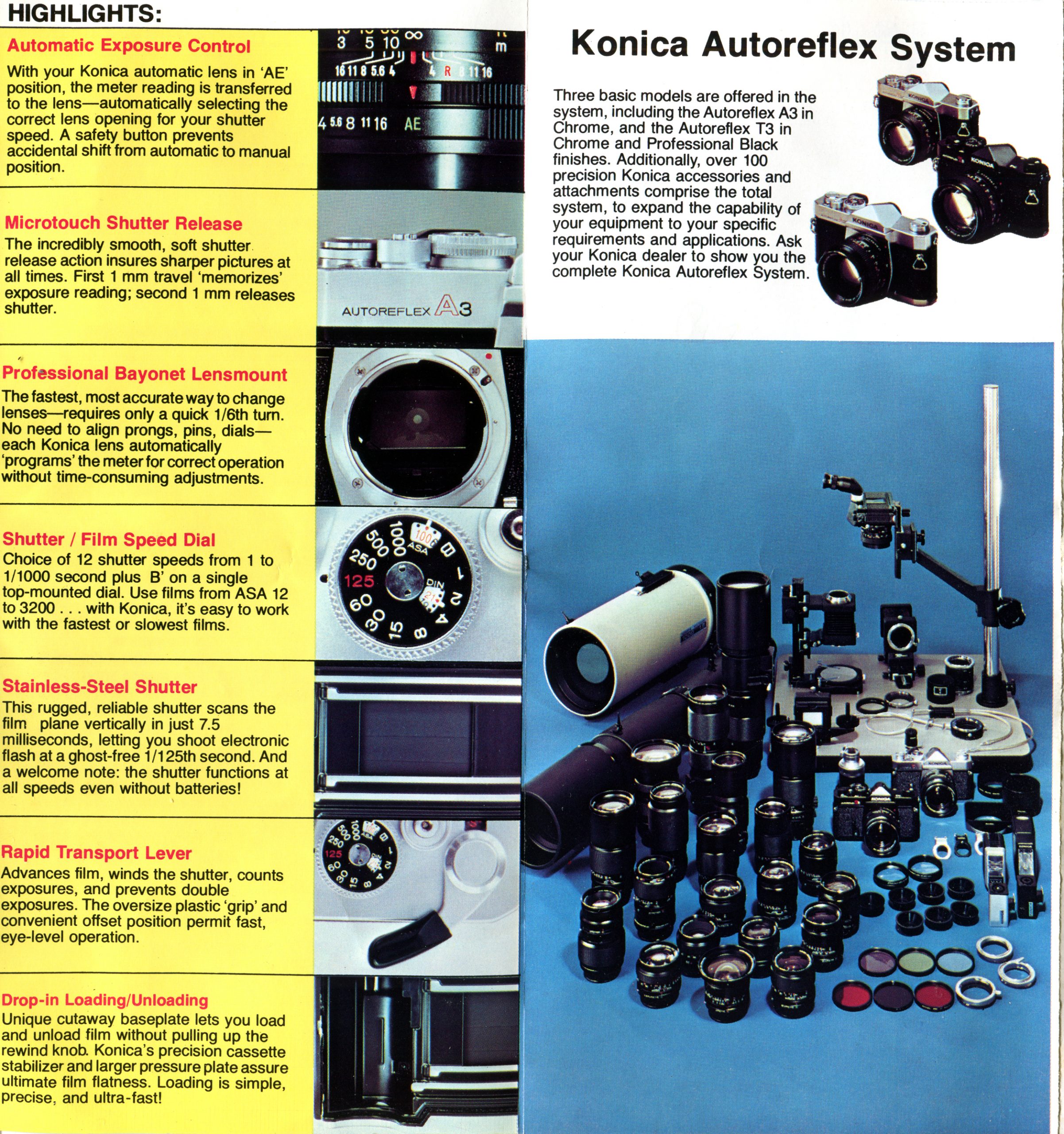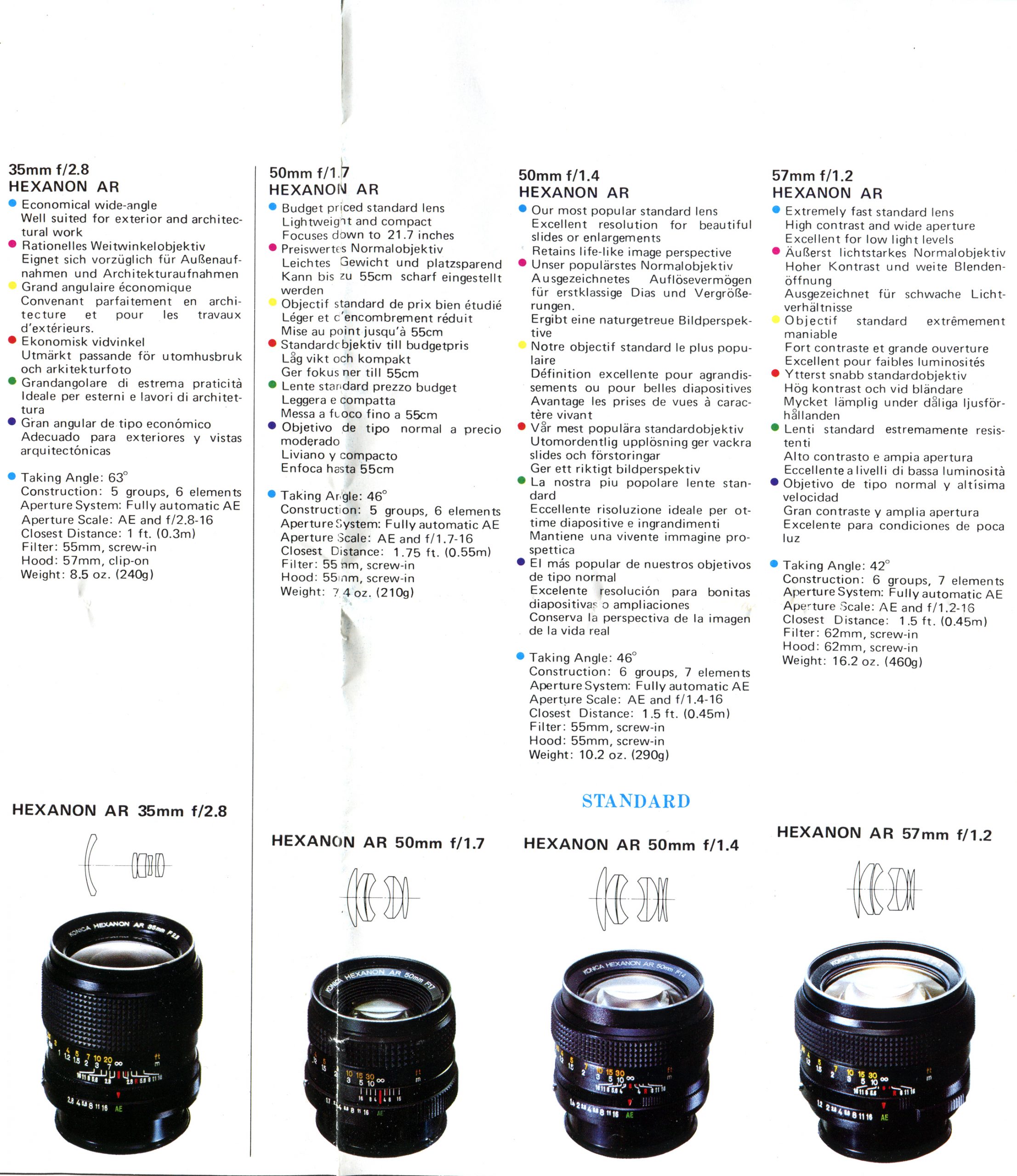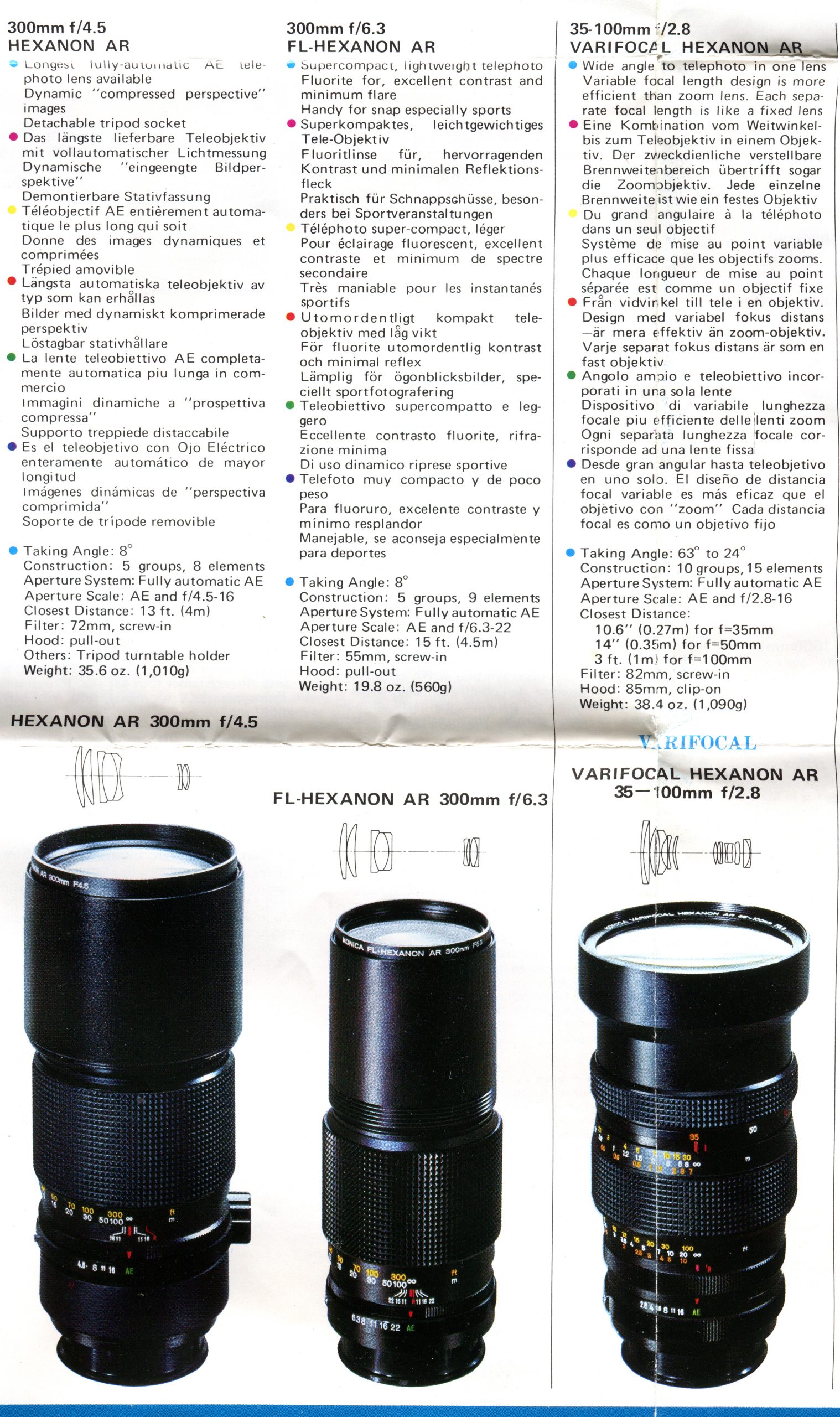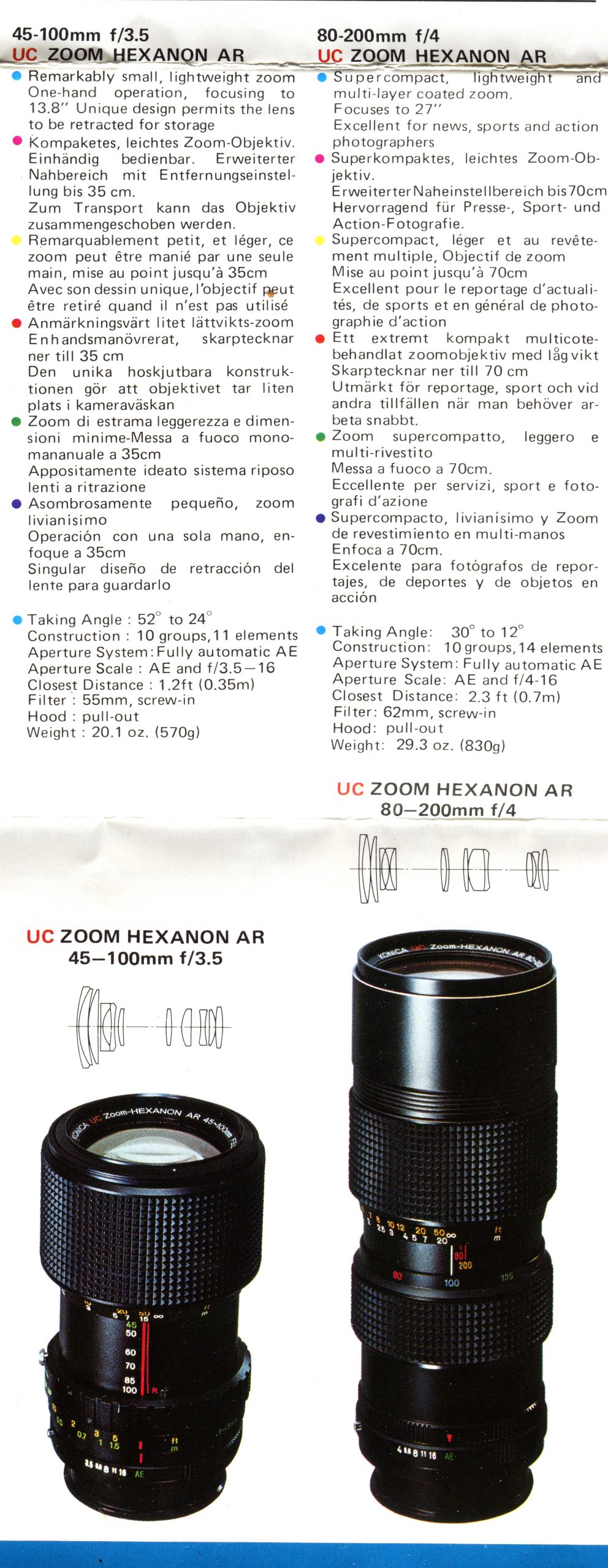
The 1984 Konica MG is a delightful, clam-shell, compact autofocus camera. Konica also produced an “MG/D,” which was the same camera but with a date-imprinting feature. With a fixed four group, four lement 35mm f/3.5 lens, the ability to manually set the ISO, and an auto load/advance/rewind, there is much to like about the little MG. The only real drawbacks are the loud film advance, an easily-fooled light metering system, and a primitive passive autofocus system that lacks feedback. Let’s take a closer look.
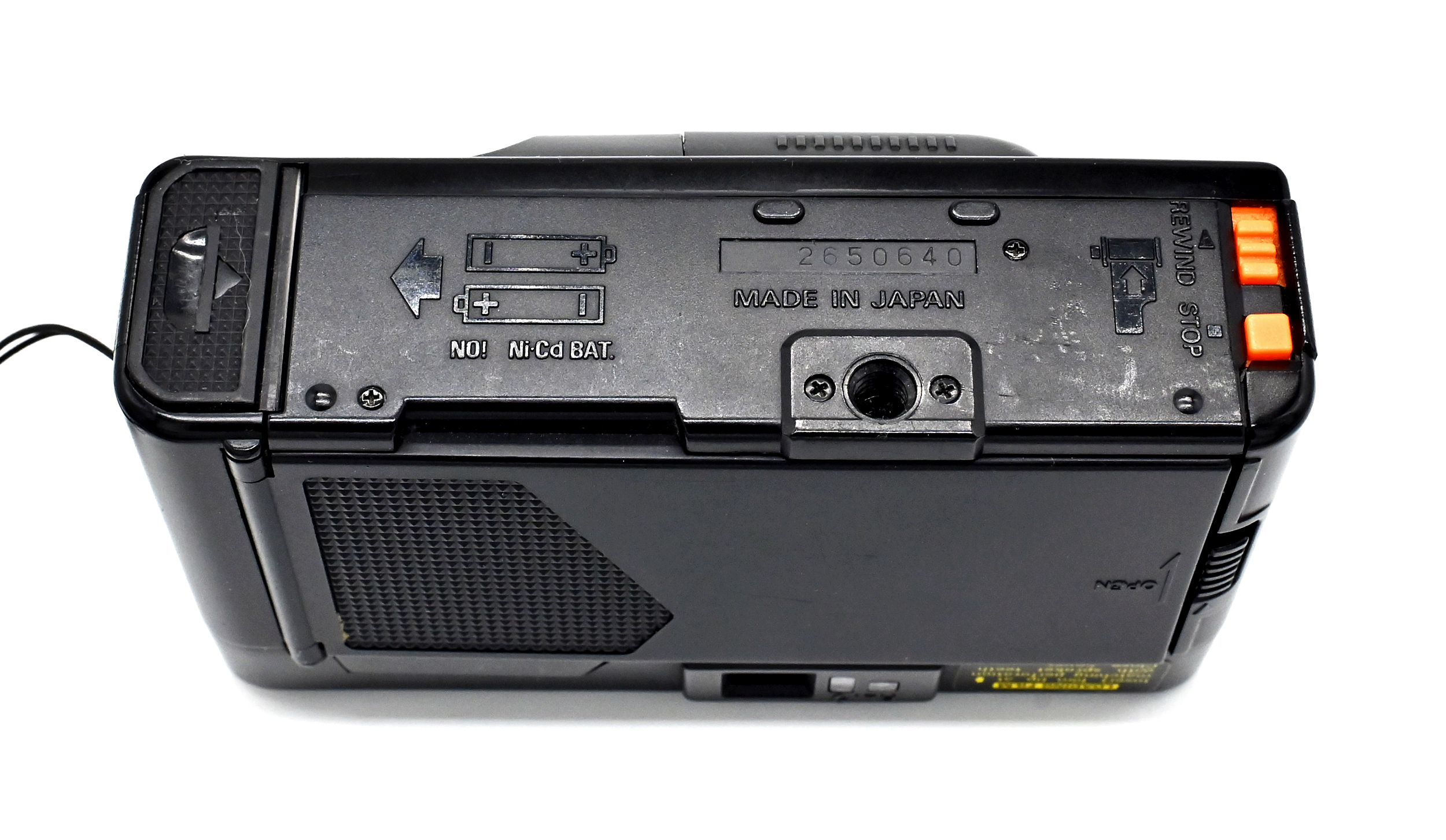
In 1975, Konica produced the first 35mm compact camera with a built-in flash: the C35 EF. In 1977, Konica produced the first commercially-available autofocus camera: the C35 AF, which licensed the “Vistronic” technology from Honeywell. The C35 AF actually had an indicator to show the distance the camera autofocused on the photo you just took, but not before you took it. The C35 AF was amazingly successful, selling over a million copies. From 1978 to 1982, Konica then produced a number of mostly-forgettable compact cameras aimed primarily at the mass market. Here they are compared.
| EFP | C35AF2 | EF3 | EFJ (Pop) | C35MF | |
| Year | 1978 | 1980 | 1981 | 1982 | 1982 |
| Lens | 38mm f/4 | 38mm f/2.8 | 35mm f/2.8 | 36mm f/4 | 38mm f/2.8 |
| Min. Focus | 1.5m | 1.1m | 1.0m | 1.5m | 1.1m |
| Aperture | f/4, f/8 & f/16 | f/2.8-16 | f/2.8-16 | f/4-16 | f/2.8-22 |
| Shutter Speeds | 1/125 only | 1/60-1/250 | 1/60-1/500 | 1/125 only | 1/60-1/250 |
| ASA Settings | 100 & 400 | 25-400 | 25-400 | 100-400 | 25-400 |
| Focus | Fixed | Autofocus | Zone (4 Positions) | Fixed | Autofocus |
| Flash? | Built-In | Built-In | Built-In | Built-In | Built-In |
| Batteries | 2 x AA | 2 x AA | 2 x AA | 2 x AA | 2 x AA |
| AF Lock? | No AF | No | No AF | No AF | Yes |
| Underexposure? | No | Yes | Yes | Yes | Yes |
| Weight | 300g | 375g | 275g | 270g | 440g |
Konica’s MG certainly constituted a more “fully-featured” compact point & shoot. The MG was not necessarily cheap, being advertised for around $120-150 during the summer of 1984 (about $350-430 in today’s dollars). With MGs remaining fairly affordable and largely unnoticed by 21st-century influencers, is it a serious contender for one’s everyday point and shoot? Let’s take a look.
Specifications
There is no question that the MG was Konica’s then-most advanced point and shoot to date and outclasses all prior models in functionality.
| Year | 1984 |
| Lens | 35mm f/3.5 |
| Lens Design | 4 Elements in 4 Groups |
| Minimum Focus | 1.1m |
| Aperture | f/3.5-16 |
| Shutter Speeds | 1/30-1/500 |
| ASA Settings | 50-1000 |
| Focus | Autofocus |
| Flash? | Built-In |
| Batteries | 2 x AA |
| AF Lock? | Yes |
| Exposure Lock? | No |
| Underexposure Warning? | Yes |
| Weight | 288g |
Operation
Auto Film Loading, Rewinding, and Advancing: The MG will automatically load the film, auto-advance, and auto-rewind. There appears to have been no attempt to muffle the sound of any of it. The auto-rewind does not automatically shut off. You will have to listen to the change in sound when the film becomes entirely rewound.
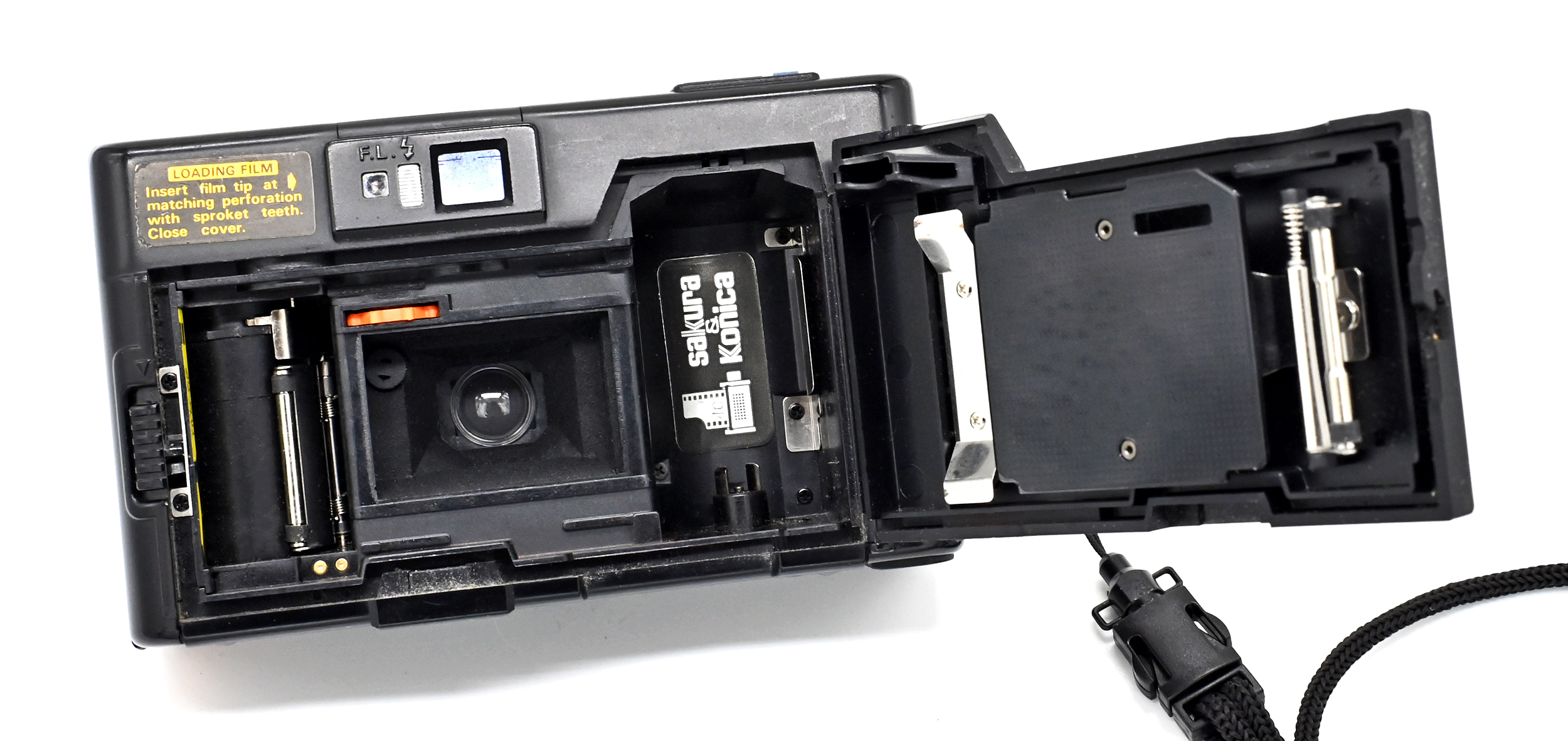
Taking Photos: The MG has pretty simple operation with almost no user override. A half-press of the shutter should “autofocus” when a green light pops up by your eye. The autofocus zone is a small square in the middle on the viewfinder. A red light by your eye means underexposure. There is no warning if you are too close to a subject to autofocus the lens. Consequently. you will need to make sure that you are physically at least 1.1 meters away from your subject. There is no confirmation in the viewfinder or thereafter how far the lens focused for a particular shot. The manual assures us that if you partially depress the shutter button, the focus will lock and then you can reframe the shot. There is a slight lag between pressing the shutter button and the camera taking the shot. Unfortunately, the built-in light meter is easily fooled by any strong backlighting in a scene, requiring some guesstimating of exposure compensation.
Automatic Aperture & Shutter Speeds: The MG has automatic shutter speeds from 1/30 to 1/500. No manual override. The 1/30 bottom shutter speed effectively prevents “shutter shake” in low-light situations.
35mm f/3.5 Lens: The MG sports a four element, four group lens. I would guess that this lens provided the template for Konica’s later A4 / Big Mini series of cameras. The f/3.5 lens performs exceptionally well, even wide open, with almost no distortion.
Manual ASA Selector: The ASA is adjustable via a switch above the lens in full steps of 50, 100, 200, 400, and 1000. Unlike later-generation point and shoots that only used DX film coding, this permits the user easily to use home-rolled film, to push/pull film at one’s leisure, or even to adjust exposure on the fly.
Parallax Correction: In the viewfinder, there is an etched line within the frameline to estimate the framing at closer focusing distances.
Pop-Up Flash: To turn on the flash, there is a gray lever on the side of the camera that pops it up. There is an orange light on the back of the camera that informs when the flash is charged. The flash recycles quite slowly. The flash will work in automatic fill-flash mode.
Auxiliary Lens Capability: At least one company made auxiliary lenses for the MG. There is a “wide angle” and a “telephoto.” The wide angle appears to decrease the view to about 28mm from 35mm. The telephoto seems to increase the view to about 50mm. Any auxiliary optics will degrade the image quality at least slightly. But they are small enough to carry around.

Optional Date Back Model: The MG/D model had the standard date back that would imprint the date in the corner of the frame. Still do not understand why those were a thing.
Conclusions
It is difficult not to like the MG. It has a very sleek, easy to use, and fairly inconspicuous apart from its film advance noise. The ability to select an ASA setting not only allows the use of reloadable film cassettes but also permits some degree of exposure compensation in difficult lighting situations. The primary drawbacks are the lack of useful autofocus feedback and a light meter that picks up any strong backlighting. That being said, I have been pleasantly surprised by the results. It is certainly a camera I will keep in the stable. If you are looking for a slightly “better” Konica point-and-shoot from the mid-1980s, check out the MT-11 of 1986.
Sample Shots
Please check the Instagram associated with this website at hashtag #konicamg for sample photos from the Konica MG.
The Konica MG Manual
Because the MG Manual is not otherwise available on the Internet, please enjoy!
























